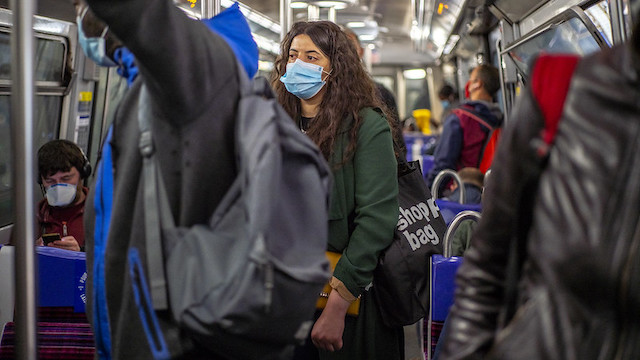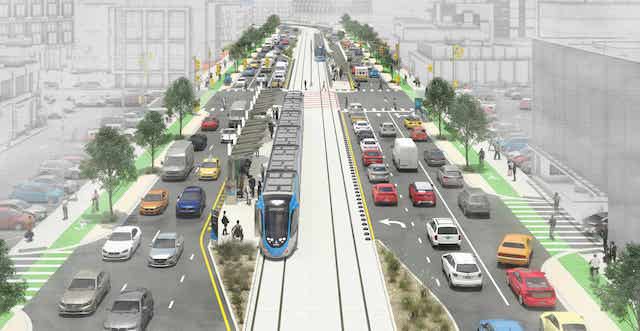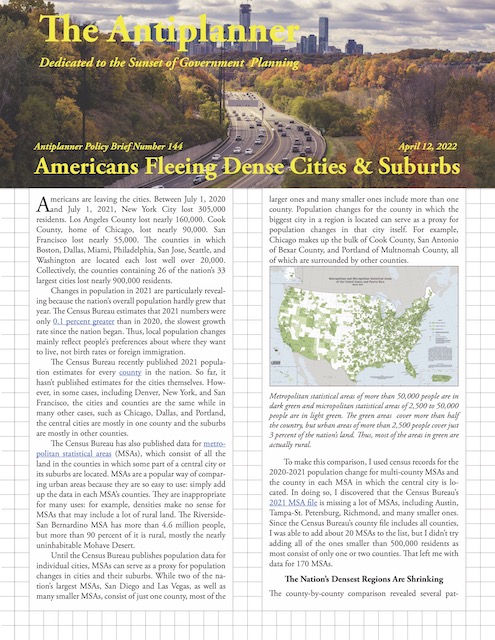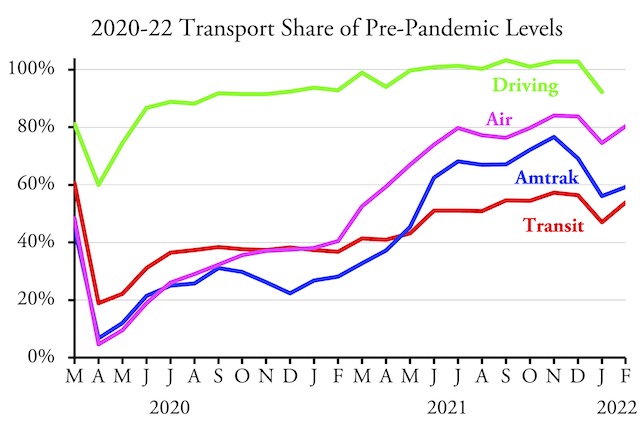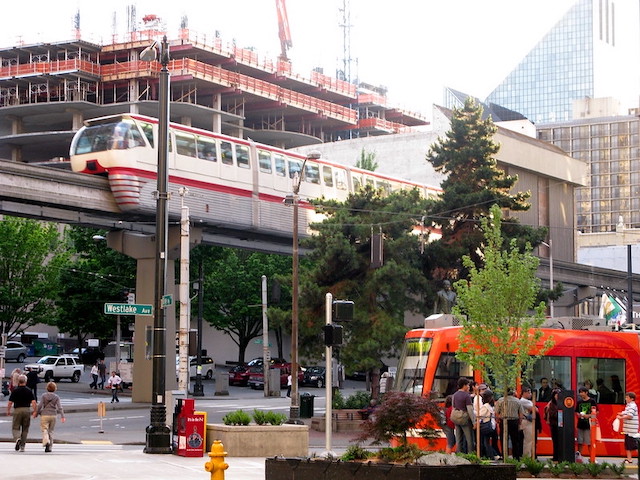Sightline Institute researcher Michael Andersen offers Willamette Week readers “five ways to make [housing] cheaper.” Sounds good, except none of them will work.
Here’s a duplex in a Portland single-family neighborhood. According to the Sightline Institute, this was supposed to make housing more affordable, but nobody seriously thinks that it will, so now they are upping the ante for even more density. Photo by Mark McClure of the Sightline Institute.
Andersen starts with the erroneous assumption that “the main factor driving the rising cost of all housing in Portland is the cost of building new housing.” In fact, the main driving factor driving the high cost of housing in Portland is the cost of land, thanks to the region’s urban-growth boundary. Everything else about housing, including high construction costs, is derived from that, so housing will remain expensive until Portland abolishes the growth boundary. Continue reading

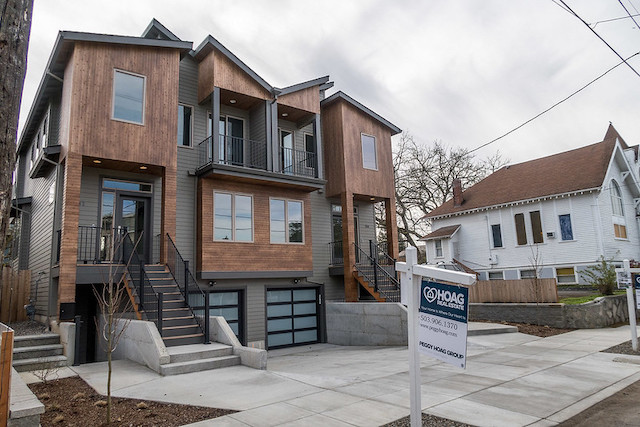
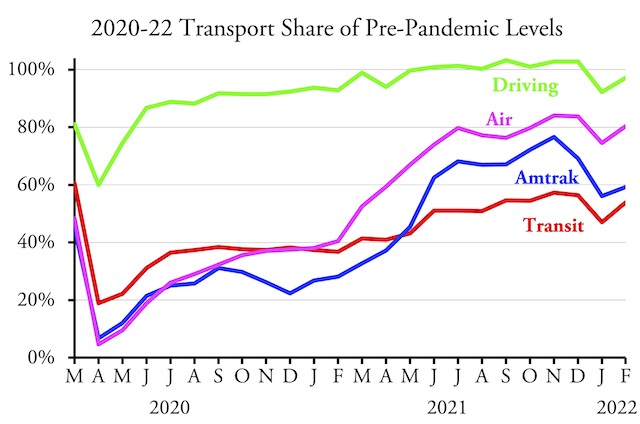
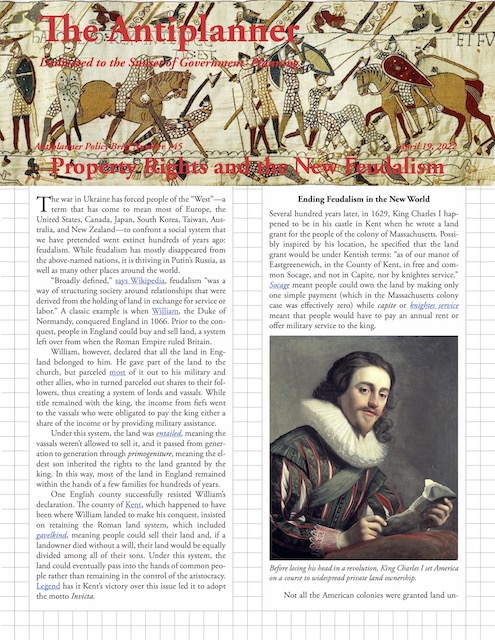
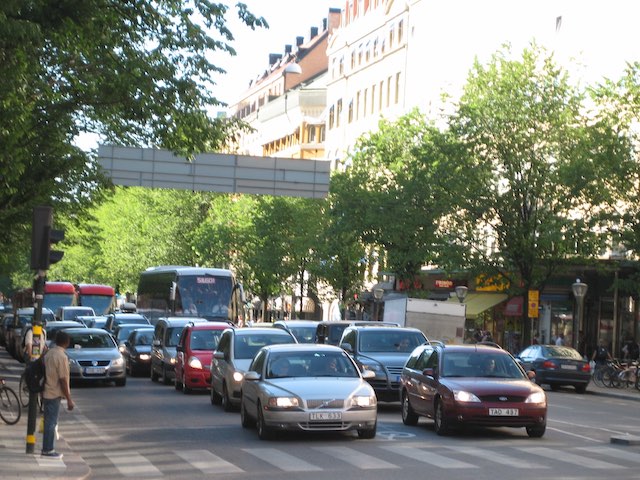
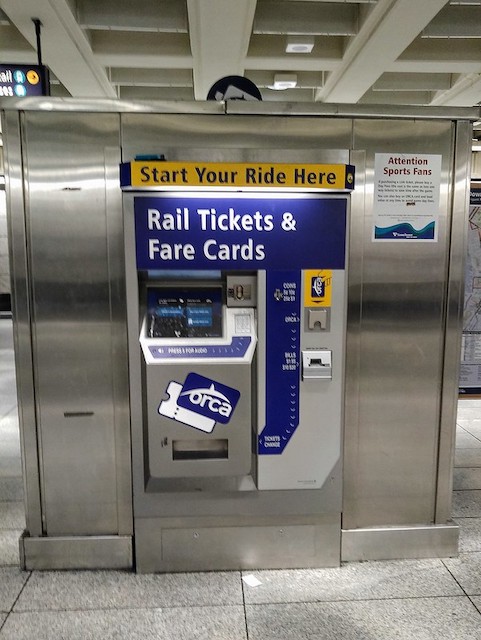 Not getting much use: a Sound Transit ticket machine.
Not getting much use: a Sound Transit ticket machine. 